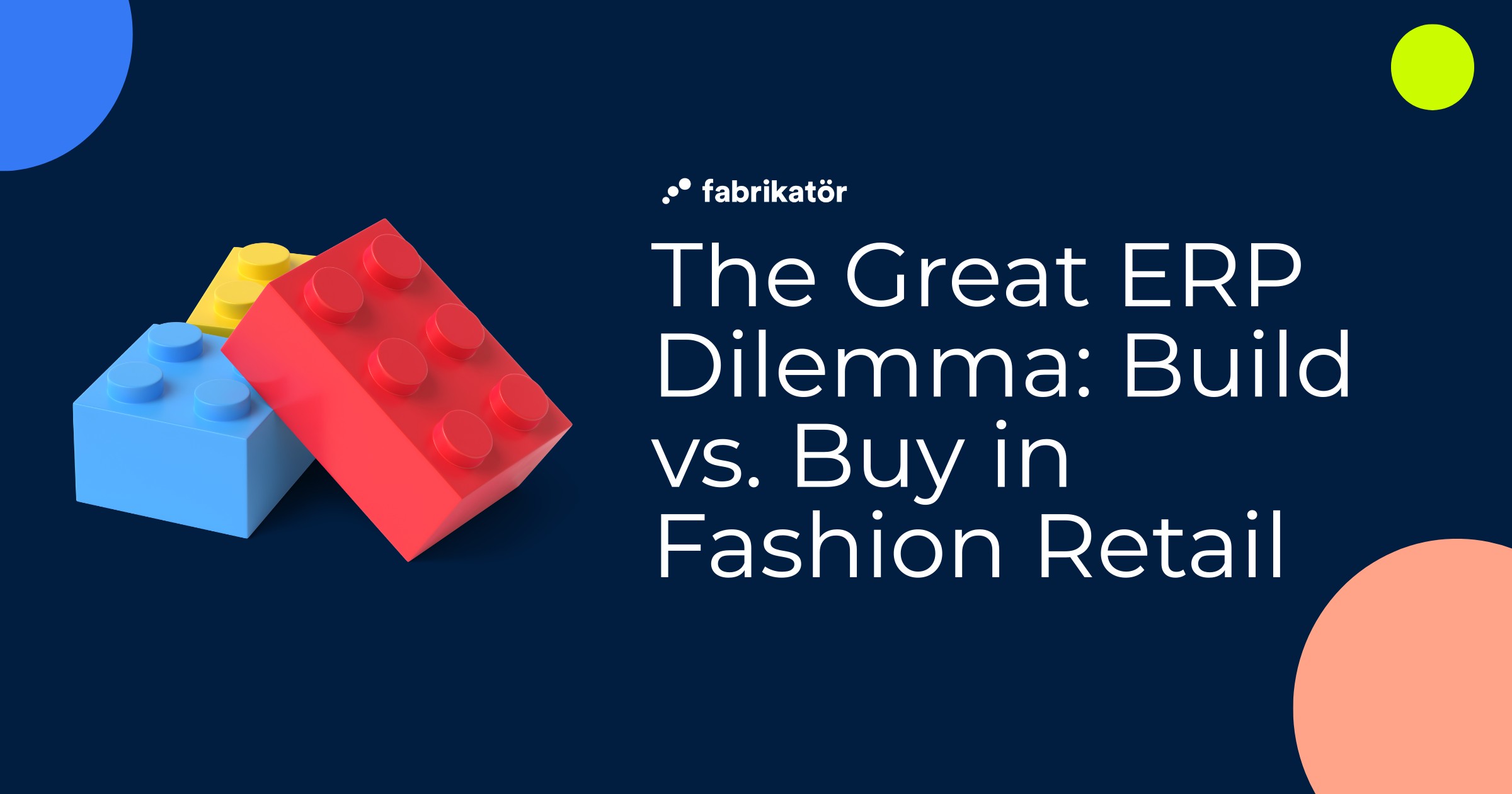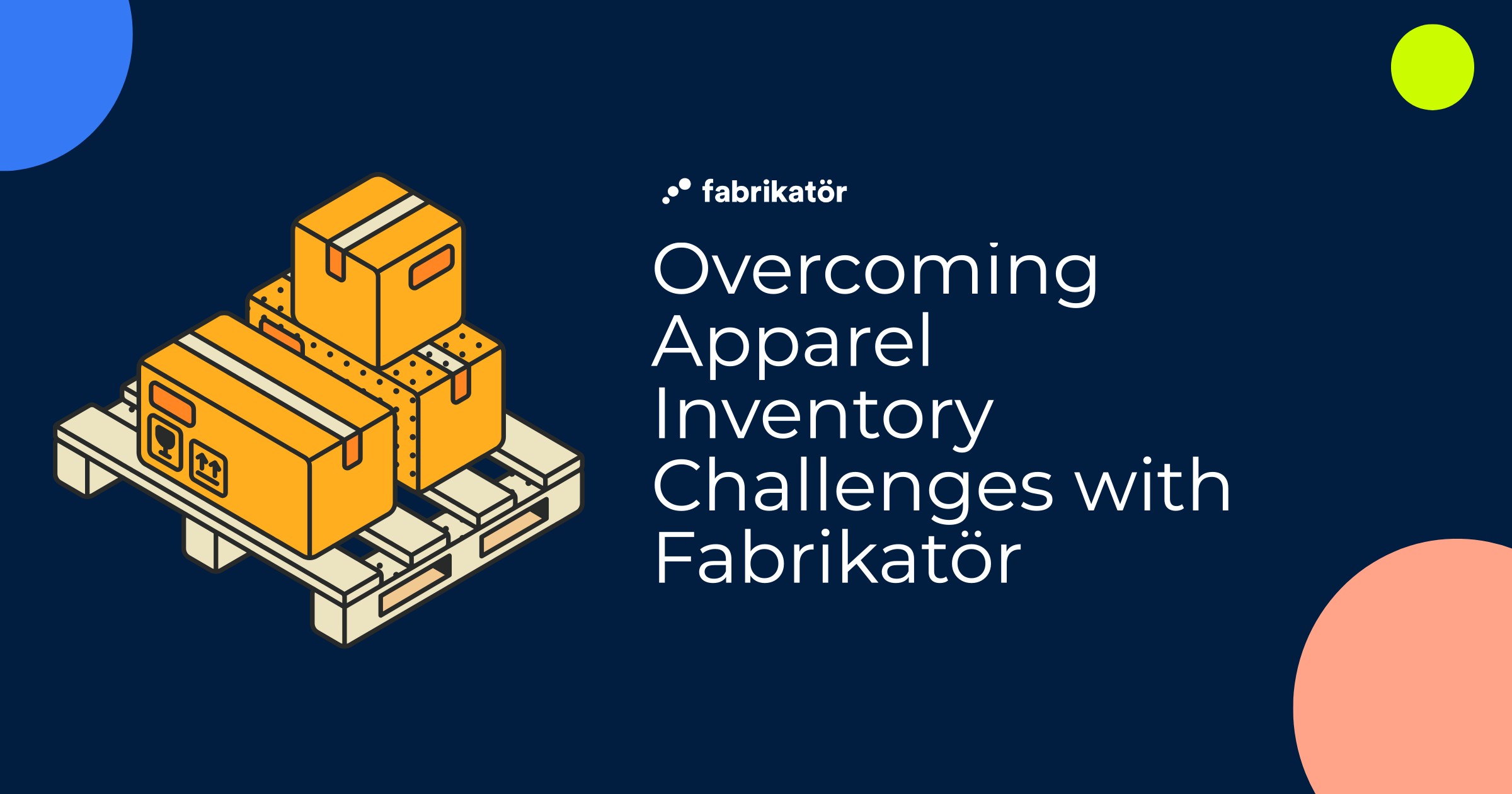Bracketing in E-commerce: How Fashion Brands Can Turn Return Challenges Into Strategic Advantage

Fashion brands love to talk about their generous return policies. Free returns, extended windows, easy exchanges. But behind those customer-friendly policies lies a behavior that's quietly reshaping the economics of online apparel retail: bracketing.
Most operators know the term, but few understand its true impact on their inventory planning, cash flow, and customer lifetime value. Even fewer have built systems to handle it strategically.
What Is Bracketing and Why Does It Matter?
Bracketing is when customers intentionally order multiple sizes, colors, or styles of the same item with the plan to return what doesn't work. Think of it as trying on clothes at home, but with your inventory as the dressing room.
According to the National Retail Federation, the average return rate for online purchases is around 20.8%, but for apparel, that number jumps to nearly 30%. Within that percentage, bracketing represents a significant portion of returns for fashion brands.
A study by Optoro found that "fit" is the primary reason for 70% of fashion returns, and bracketing has become customers' way of solving the sizing uncertainty that comes with online shopping. When you can't touch the fabric or try on the jeans, ordering a size 8 and a size 10 feels rational.
For customers, bracketing makes perfect sense. For brands, it creates a complex web of operational challenges that extend far beyond simple return processing.
The Hidden Costs of Bracketing Behavior
Most fashion brands see bracketing as a cost of doing business online. But the real impact goes deeper than return shipping fees and restocking labor.
Inventory Distortion
When a customer orders three sizes of the same dress, your inventory system shows three units sold. Your demand forecasting models interpret this as strong demand. But in reality, only one unit was truly purchased, and two will come back into your system weeks later.
This creates a false demand signal that can lead to overordering on your next purchase order. You think the medium sold quickly when it actually just went on a round trip to a customer's living room.
Cash Flow Disruption
Bracketing ties up working capital in ways that traditional sales don't. That revenue you see from the bracketed order isn't real revenue until the return window closes. For brands operating on tight cash flow, this can create planning challenges, especially during high-volume periods like holiday seasons.
Fulfillment Inefficiency
Every bracketed order requires more picking, packing, and shipping labor than a standard order. Your warehouse team is essentially processing multiple orders for what will ultimately be a single sale. This drives up your fulfillment costs per true transaction.
Stock Availability Issues
Perhaps most frustratingly, bracketing can create temporary stockouts for other customers. When someone orders the last three sizes of a popular item for bracketing, genuine customers who know their size can't complete their purchases. You lose real sales while your inventory sits in transit.
Understanding the Customer Psychology
Before building defensive strategies, it's worth understanding why customers bracket in the first place. It's rarely about gaming the system or exploiting return policies.
The primary driver is uncertainty. Online shoppers can't feel fabric weight, see true color under different lighting, or understand how a silhouette fits their body type. Sizing charts help, but they're still abstractions compared to the physical experience of trying something on.
For many customers, bracketing feels like risk mitigation. They'd rather pay upfront for multiple options than risk ordering the wrong size and going through an exchange process that might take weeks.
This behavior is particularly common with:
• New customers who haven't learned your brand's fit characteristics
• Gift purchasers who are uncertain about recipient sizing
• Special occasion shoppers who need items by specific dates
• Customers shopping categories where fit varies significantly between styles
The Strategic Response: Building Bracket-Aware Operations
The most successful fashion brands don't try to eliminate bracketing. Instead, they build operations that can handle it efficiently while minimizing the negative impacts.
Demand Planning Adjustments
Start by identifying your true demand patterns versus your bracketed demand patterns. Look at your sales data alongside your return data to understand what percentage of orders involve multiple sizes or colors that get partially returned.
This insight should inform your purchasing decisions. If you know that 40% of your dress sales involve bracketing with a 60% return rate on the bracketed items, you can adjust your size mix and total quantity planning accordingly.
Return Window Optimization
Consider shorter return windows for obvious bracketing scenarios, while maintaining longer windows for single-item purchases. Some brands offer 30 days for single items but only 14 days when multiple sizes of the same style are ordered.
This approach encourages faster return decisions, getting inventory back into circulation sooner and reducing the cash flow impact of bracketed orders.
Dynamic Inventory Allocation
Build logic into your inventory management that recognizes likely bracketing patterns. If someone orders a size small and a size medium of the same item, your system should flag this and potentially hold other units of those sizes for genuine single-item purchases.
Size-Specific Messaging
Use your customer data to provide better sizing guidance upfront. If you notice that a particular style runs large and generates frequent exchanges from medium to small, update your product page messaging to reflect this trend.
Technology Solutions for Bracket Management
Modern e-commerce platforms offer tools that can help fashion brands manage bracketing more effectively without creating friction for legitimate customers.
Predictive Flagging
Implement order flagging that identifies likely bracketing scenarios at checkout. Orders with multiple sizes of identical items, especially from new customers, can be routed through different fulfillment processes that account for the high probability of returns.
Virtual Fitting Technology
While still evolving, virtual fitting tools and improved size recommendation engines can reduce the uncertainty that drives bracketing behavior. Brands that invest in better fit prediction often see reduced bracketing rates over time.
Flexible Return Processing
Build return processes that can handle partial returns efficiently. When someone returns two out of three sizes, your system should automatically process the refund while updating inventory and demand data to reflect the true purchase.
Turning Bracketing Into Customer Intelligence
Smart brands use bracketing data as a source of customer intelligence rather than just an operational headache.
When customers bracket, they're giving you valuable information about your sizing, fit, and product presentation. A customer who consistently orders medium and large but always returns the large is telling you something about how your mediums fit compared to their expectations.
This data can inform product development, sizing standardization, and even photography choices. If certain angles or styling choices lead to higher bracketing rates, that's feedback worth acting on.
Bracketing patterns can also reveal opportunities for better product education. If a particular fabric or style generates high bracketing rates, enhanced product descriptions or size guidance might reduce unnecessary orders.
The Long-Term Customer Relationship
While bracketing creates short-term operational challenges, it's worth considering the long-term customer value equation. Customers who bracket are often highly engaged with your brand, even if their initial behavior creates fulfillment complexity.
Research from Accenture shows that customers who have positive return experiences are more likely to purchase again and recommend the brand to others. A customer who successfully finds their perfect fit through bracketing might become a loyal, low-return customer for future purchases.
The key is building return processes that feel helpful rather than punitive. Customers should feel supported in finding their right fit, not penalized for the uncertainty that online shopping creates.
Building Bracket-Resilient Financial Models
Fashion brands need financial models that account for bracketing behavior rather than treating it as an exception. This means adjusting your unit economics, cash flow planning, and inventory investment calculations.
Consider bracketing impact when calculating customer acquisition costs. If 30% of new customer orders involve bracketing, your true cost per first purchase is higher than your cost per first order.
Build bracketing assumptions into your cash flow models. Revenue from likely bracketed orders shouldn't be treated as confirmed revenue until the return window closes.
Most importantly, factor bracketing behavior into your inventory planning cycles. Understanding your true demand patterns versus your order patterns is crucial for maintaining healthy stock levels without overinvesting in inventory.
At Fabrikatör, we help fashion brands build more sophisticated inventory planning processes that account for return patterns and bracketing behavior. Our platform connects sales data with return data to provide clearer demand signals, helping brands distinguish between genuine demand and temporary inventory movements. By incorporating return rates into demand forecasting, brands can make smarter purchasing decisions that account for the reality of customer behavior.
Book a demo with Fabrikatör to see how your team can build return-aware inventory planning.
The Future of Bracketing
As online fashion continues to mature, bracketing behavior will likely evolve rather than disappear. Improved virtual fitting technology, better size standardization, and enhanced product presentation will reduce some bracketing, but the fundamental challenge of buying clothes sight unseen will persist.
The brands that thrive will be those that build operational excellence around the reality of customer behavior, rather than fighting against it. Bracketing is a symptom of the trust gap between online browsing and physical ownership. Brands that bridge that gap effectively, operationally and experientially, will create sustainable competitive advantages.
Success in fashion e-commerce isn't about eliminating bracketing. It's about building systems smart enough to handle it efficiently while turning the behavior into insights that improve everything from product development to customer experience.










